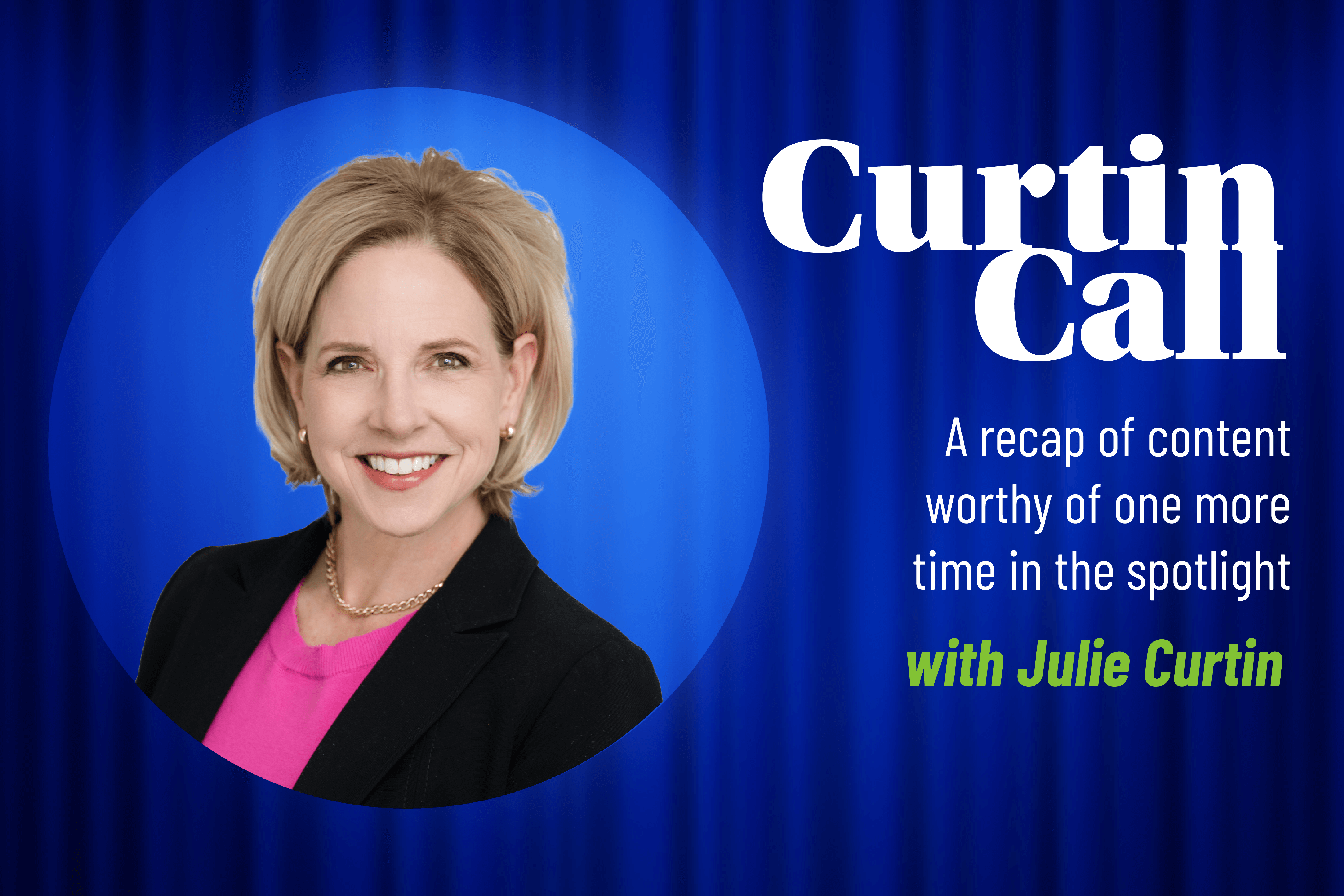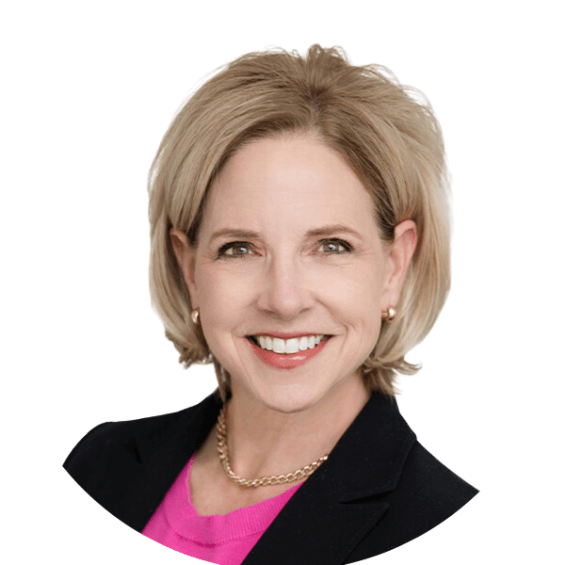Curtin Call: July 2025
August 06, 2025
This month’s headlines reveal a powerful throughline: cities are not just reacting to change, they’re actively designing it. Whether it’s through bold infrastructure investments, grassroots creativity or policy-driven housing reform, communities are shaping their futures with intention.
These are the stories and articles that caught my eye in July, each one a compelling example of how place-based strategies are driving innovative, resilient growth. For economic developers and place marketers, they offer both inspiration and insight into what’s possible when creativity meets strategy.
On Makerspace Magic in Atlanta
In Atlanta’s Adair Park, a makerspace called The Bakery is proving that creativity can be a catalyst for economic renewal. By offering tools, training and community to local entrepreneurs, the space is helping launch small businesses, build skills and revitalize a neighborhood.
This is placemaking in action, where economic development is hyper-local, inclusive and deeply human. For DCI and our partners, it’s a compelling model: invest in people, and the place will follow.
On Housing Relief in Pro-Growth Cities
In a rare bit of good news on the housing front detailed in this Reason Magazine article, cities that have embraced pro-housing policies, like Minneapolis, Austin and Portland, are seeing rents fall faster than the national average. These results validate the economic development case for zoning reform, density and streamlined permitting.
Affordable housing isn’t just a social issue, it’s a competitive advantage. Cities that make room for growth can attract talent, retain young professionals and support small business ecosystems. For place marketers, this is a powerful narrative: affordability and opportunity can go hand in hand.
On Caltrans’s Attempt to Preserve a Coastal Catastrophe
California’s iconic Highway 1, a vital transportation and tourism corridor, is facing increasing threats from coastal erosion. In response, Caltrans has proposed a $2 billion tunnel to reroute a vulnerable stretch of the highway. While the scale of the investment has sparked debate, the project highlights the complex decisions communities must make to maintain critical infrastructure in the face of environmental change.
For economic developers, this serves as a reminder that infrastructure planning is not just about mobility, it’s about preserving access, supporting regional economies and ensuring long-term resilience. As weather patterns shift and natural landscapes evolve, thoughtful, forward-looking investments will be key to sustaining both livelihoods and the character of place.
On San Francisco’s AI Surge
In this Washington Post article, San Francisco is once again at the epicenter of a tech revolution, this time powered by generative AI. The city is seeing a resurgence in office demand, startup activity and tech hiring, signaling a potential economic rebound. But this boom also brings back familiar challenges: rising housing costs, displacement fears and questions about who benefits from innovation.
For economic development pros, this moment underscores the importance of coupling tech-driven growth with inclusive housing and workforce strategies. The AI economy may be global, but its impacts are deeply local—and cities that plan for equity now will be better positioned for long-term success.
On Designing Cities Like Doctors
This Next article highlights a new urban design framework that is gaining traction, one that treats cities like patients, with diagnoses, treatments and holistic care plans. This approach blends data, empathy and systems thinking to create healthier, more responsive urban environments.
For those of us working in economic development, it’s a call to think beyond GDP and job counts. What if we measured success by well-being, access and resilience? This shift could redefine how we plan, brand and invest in the places we call home.
July’s stories remind us that economic development is no longer just about jobs and capital, it’s about ecosystems, wellness and the lived experience of place. Whether through AI innovation, highway preservation or innovative urban frameworks, the most successful communities will be those that design with intention.
